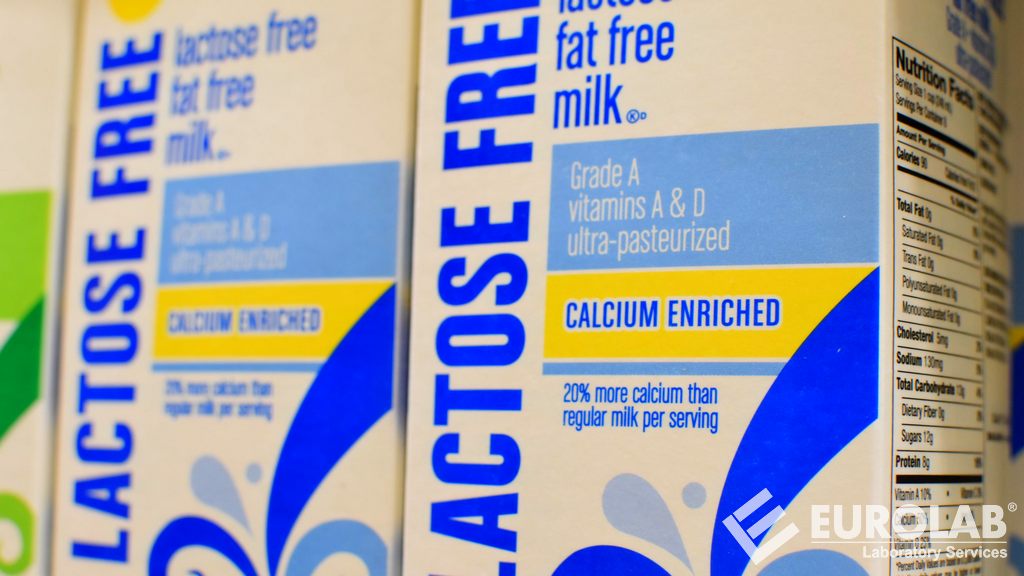

Some people cannot digest a certain sugar in milk and dairy products called lactose. These people are people with lactose intolerance. This condition, also called lactose malabsorption, is generally not harmful, but its symptoms can be uncomfortable. There is no cure for lactose intolerance. These people can manage this by monitoring how much milk or dairy they are consuming.

Being lactose intolerant does not mean being allergic to milk. The human body uses an enzyme called lactase to break down sugar (lactose) in milk and dairy products. Very few enzymes (lactase) produced in the small intestine are generally responsible for lactose intolerance. The body can absorb sugar this way. However, people with lactose intolerance do not have sufficient levels of lactase. Even with low lactase levels, some people can digest dairy products well. But for people with lactose intolerance, low lactase levels cause certain symptoms.
Normally, lactase converts milk sugar into two simple sugars, glucose and galactose, that are absorbed into the bloodstream through the intestinal lining. In people who are not lactose intolerant, the lactase in the small intestine breaks down the milk sugar and is then absorbed into the body through the small intestine. But for people with lactose intolerance, it's not that easy. Lactose does not break down, but instead goes to the colon where it mixes with normal bacteria and ferments. It causes conditions such as gas, bloating and diarrhea.
According to research, most adults in the world cannot digest milk. 40 percent of people stop producing enough lactase to digest milk between the ages of 2 and 5. It is estimated that just over a third of people in the US are lactose intolerant.
Most people with lactose intolerance can manage the condition without having to give up all dairy products. Experts advise people with lactose sensitivity to abandon certain dairy products and switch to lactose-free products. In this case, it is possible to get plenty of calcium, vitamin D and other nutrients with a healthy diet. These foods recommended instead of milk are: almonds, beans, tofu, calcium-fortified orange juice and soy milk, fatty fish such as salmon, tuna and mackerel, egg yolk and beef liver.
Signs and symptoms of lactose intolerance generally begin between half an hour and two hours after eating or drinking lactose-containing foods. Common signs and symptoms are: diarrhea, nausea and sometimes vomiting, abdominal cramps, bloating, and gas.

There are three types of lactose intolerance. Different factors cause the underlying lactase deficiency of each species.
Factors that make people more susceptible to lactose intolerance include:
Today, lactose-free dairy products have become an increasingly large market due to the increase in lactose intolerance among the adult population. In this respect, the determination of lactose in lactose-free products has created an important need for analysis for manufacturers as the final quality control both in the production line and in finished dairy products. Technologically, new test methods are being developed for the determination of lactose in terms of reproducibility, accuracy and recovery. Here are a few of them:
The choice of lactose-free milk and dairy products is important for people with lactose intolerance. In this regard, manufacturers and laboratories are responsible for the correct labeling and documentation of lactose-free products.
Our organization provides lactose-free testing and certification services to demanding businesses within the framework of national and international standards, with a trained and expert staff and advanced technological equipment, among numerous testing, measurement, analysis and evaluation studies.
To get an appointment, to get more detailed information or to request an evaluation, you can ask us to fill in our form and reach you.